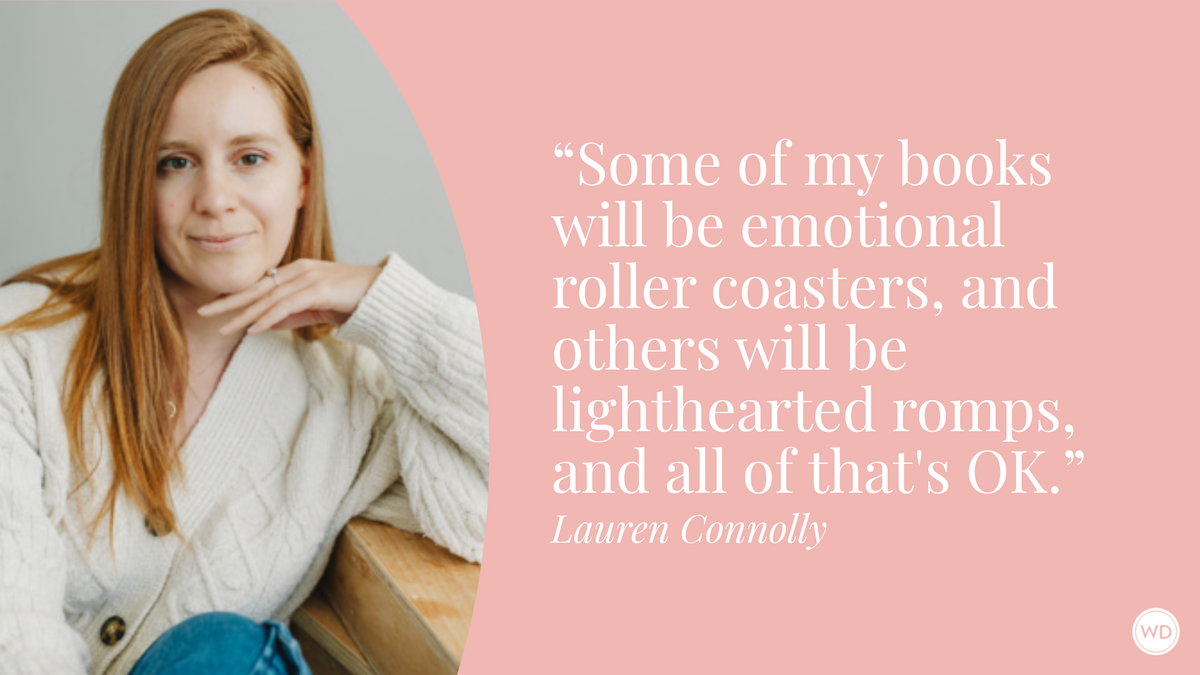Writing Scenes With Your Senses
Author Wendy B. Correa discusses the importance of writing scenes with your senses, including how to do so effectively.
When a memory suddenly pops into our head it is often just a fragment: a smile, a gentle touch, the tone of a voice. What anchors those fragments and transforms them into a scene that lives on the page is the body. Our senses are the portal. Writing through sight, sound, smell, taste, and touch grounds a scene in the moment and makes it come alive. Sensory details allow the reader to know not just what happened, but to experience it with their own body. It is said that specificity is the soul of narrative.
We all have had the experience of hearing a song from our teen years and having flashes of memory from our high school dance from decades before. Suddenly we see the disco ball shooting shards of light across our friends faces, we smell the perfume or cologne of our dance partner, we feel our feet shuffle on the floor to the rhythm of the music, we taste the flavor of our favorite gum.
Smell is the most effective sense in evoking memories since it has a direct connection to the parts of the brain that affect emotions (amygdala) and memory (hippocampus) unlike the other senses that must first pass through the thalamus for processing. The direct connection to the brain makes those olfactory memories feel more vivid and significant. Scent memories are often from early childhood, a period of significant emotional experiences and intense sensory learning.
I first learned how the power of the senses could evoke detailed memories decades ago in LA in a sense memory Stanislavski Method acting class. Our teacher instructed us to recall a childhood memory to share and after a warmup, I sat in a chair in front of the class and described the memory.
My father had died when I was seven, so I didn’t have many memories of him, but the most vivid memory was of a summer day when I was about four. As he tended to his strawberry patch, I watched as he chose the biggest, reddest, strawberry in the patch, wiped off the dirt and popped it into my mouth. “I see the deep red, ripe strawberry. I see it’s red heart shape, and the green, pointy cap and stem…” I continued to describe in vivid detail the taste of the succulent red juicy sweetness bursting in my mouth and dripping on my chin. My father’s gentle gesture made me feel happy and loved. As we walked to a white lattice arbor heaving with honeysuckle, I described the delectable fragrance that filled my head. My father inhaled deeply as the sun shone on his nose and tiny beads of sweat appeared on his forehead.
I intentionally chose what I thought was a happy memory of my dead father but as I continued this exercise, emotions began to roil in my stomach and up into my chest and throat that were unfamiliar to me. When my acting teacher asked me to speak out loud to my father I resisted and hesitated, then I gasped and snuffled. The feelings that bubbled up did not match this deeply touching memory of him. I squirmed in my chair and choked on the words “I’m mad at you.” I was shocked because I had no idea that I was angry at him for dying and leaving me.
When my father died, no one explained anything to me. No one said it was very sad that my father had died but that he was very sick, and his body was too worn out to heal. No one said that I needn’t worry—even though my father had died, my mother was healthy and young and would not die. No one said that we would grieve properly, and missing him would hurt, but we would all be okay.
Of course, then, it was a revelation to me that I had unprocessed grief, sadness, fear, and yes, even anger that my father had died nearly 20 years prior. It was a powerful sense memory acting class that uncovered what needed to be embraced and processed for my healing.
Years later, I used that sense memory exercise to write the scenes in my upcoming book My Pretty Baby. In the first chapter I describe being in a dark voting booth with my mother. Inhaling her luscious Estee Lauder Youth Dew perfume, I gazed at her black shiny high heels, reached out and touched her smooth black nyloned calf, and felt a tingle all over my body as I listened to her quiet yet excited whispers. In contrast, at my father’s funeral I described the details of my dead father’s waxy face as he lay in his white satin lined coffin and the overwhelming nauseousness as I inhaled the stench of carnations.
Try this exercise to incorporate the five senses into your writing: Close your eyes and recall a childhood memory. Connect to the place. Feel your feet planted on the ground. As you recall the memory, write down one detail for each sense.
- Smell: What did the place smell like? Can you smell cigarette smoke, bacon cooking, fresh mown lawn, a summer rainstorm? Layer the senses gradually. Sometimes less is more and two vivid senses is enough.
- Sound: What do you hear? Is it loud, soft, muffled, nearby or faraway? Do you hear the rattle of the pans as your mom cooks in the kitchen. Do you hear the loud “potato-potato” rumble of a Harley motorcycle outside your window?
- Taste: Can you taste the metallic tang of fear in your mouth as you hear the creak of floorboards in the middle of the night. You can also use contrast: do you taste the sweet chocolate cake while sitting at the kitchen table listening to your parents argue?
- Sight: What do you see? Colors, light, shadows, movement? Describe in microscopic detail the texture, pattern, or grain of the wood floor or carpet in a room. You may not necessarily use the entire description, but this practice will reveal nuggets of richness that will make your scene vivid.
- Touch: What is the temperature? Hot, cold, clammy? What bodily sensations do you feel through your skin? soft, scratchy, sharp, smooth?
As psychologist James Pennebaker’s research suggests, writing with your senses in not just a craft tool; it can also be a healing practice. And as Dr. Bessel van der Kolk writes in The Body Keeps the Score, trauma is often stored in the body. By listening to the body’s memories with the senses, we can gain access to emotions and trauma that are hidden in the body. In this way, sensory writing becomes both a creative practice to enliven your writing, but also as a personal path to unearth, heal, and integrate past emotional experiences and traumas.
Sensory details anchor the reader in the experience, not just in the explanation. Engaging the senses can transform flat details that tell what happened into a three-dimensional narrative that creates vivid cinematic scenes that pull readers into the heart of a story and show them not only what happened but how it felt to be there.
Check out Wendy B. Correa's My Pretty Baby here:
(WD uses affiliate links)









